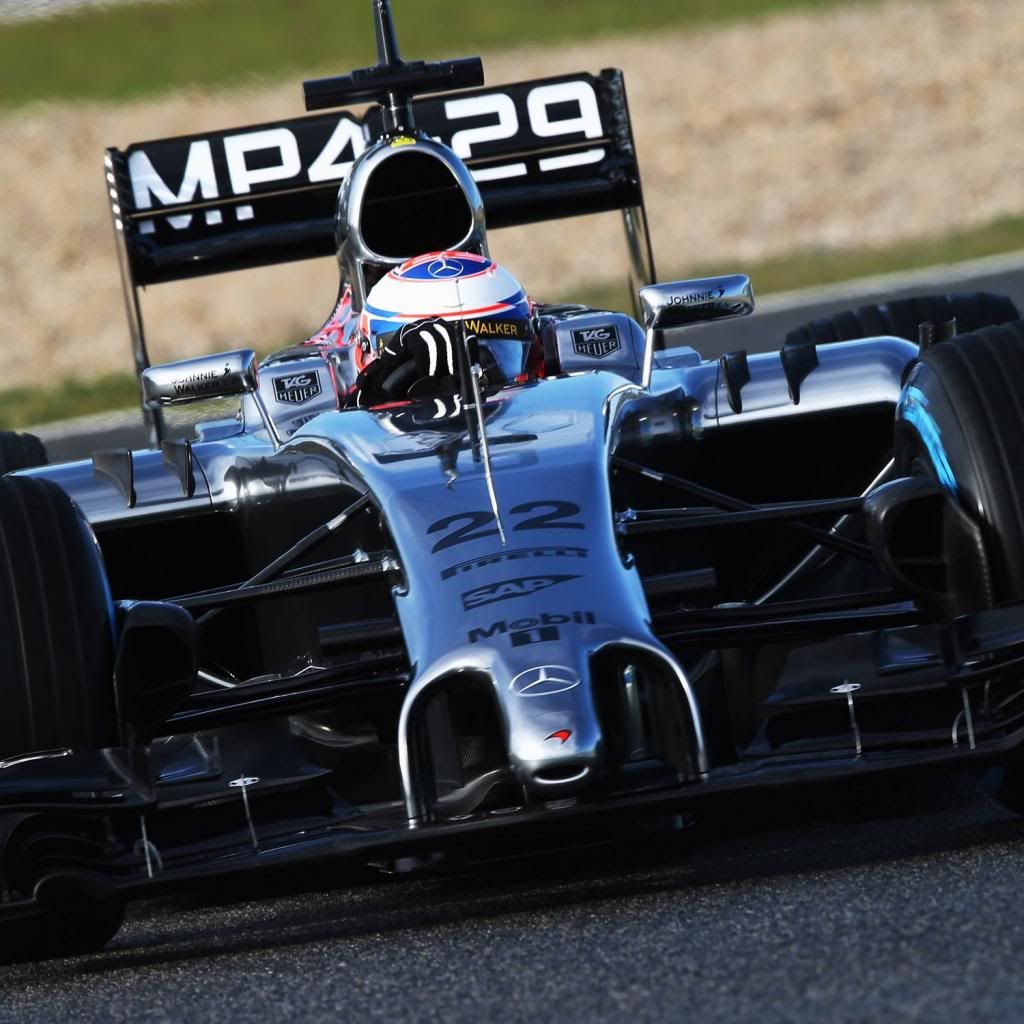- Login or Register
No account yet? Sign up

Thanksthestig84 wrote:RT @fergieweather: KOREA:Split f'cast Typhoon Megi. Minority recurve N, Thurs = nasty for Taiwan. Dry race still expected but not guaranteed
Thats the BBC guys tweet about weather if you understand it.


I did a 1:40:9xx last night in F1: 2010 in a Ferrari. 100% simulation, i know.raymondu999 wrote:Renault's simulations have shown a 1:44 predicted laptime: http://www.formula1.com/news/features/2 ... 11392.html

I think this is the key to why Red Bull tend to not be quite so competitive at high speed circuits.Shrieker wrote:Higher speed = greater load = more flexing = more downfoce = more drag = less straight line speedandrew wrote:Higher speeds = greater load = more flexing = wing ends closer to the ground = less disrupted air flow = high speed.
That's my thinking and I'm sticking to it (unless I am wrong of course!)

Just to annoy you
Talking about predictions... It's crunch time for McLaren.Hamilton will be fiercer than ever, going all out for a win. The championship contenders would do well to avoid him, and that might give him a little bit more chance

Either their simulations are set quite conservatively, not wanting to make public their or true findings, or I'm not getting to grips with how tight & twisty the track is...especially the slow turns 1, 3, 4, 5, 6 & 15 are. Like I had stated earlier, I thought the laptime would be in the range of 1:30 or max. 1:35 but not 1:44.raymondu999 wrote:Renault's simulations have shown a 1:44 predicted laptime: http://www.formula1.com/news/features/2 ... 11392.html

GTO wrote: Either their simulations are set quite conservatively, not wanting to make public their or true findings, or I'm not getting to grips with how tight & twisty the track is...especially the slow turns 1, 3, 4, 5, 6 & 15 are. Like I had stated earlier, I thought the laptime would be in the range of 1:30 or max. 1:35 but not 1:44.
I suppose we won't know until the rubber hits the track for practice. Even then, I think the teams will hide their true low fuel pace. So for FP1 & 2 we will see laptimes approx. 1-2 sec. slower their final quali. pace.

That is why you raise the back. The boundary layer thickness increases from the leading edge of the splitter. In other words this slower moving layer air that is attached to under the bottom the surface of the floor will grow closer and closer to the ground as it travels to the rear, slowing up your main flow. So you raise the back up to keep the stream free. Another advantage of this is that the front splitter is closer to the ground, and you basically have created a larger diffuser cone with the floor.wesley123 wrote:and what about the diffuser then? I am pretty sure that just loses downforce

Sounding more and more like a Redbull track. I mean even from the RedBull video there are some nasty off-camber turns in there, so it is well confirmed that a car with a good mechanical reaction on the suspension will have the advantage.raymondu999 wrote:Renault's simulations have shown a 1:44 predicted laptime: http://www.formula1.com/news/features/2 ... 11392.html


1:44 could be a simulation of the beginning of the race, that probably won't be far off with full fuel.GTO wrote:Either their simulations are set quite conservatively, not wanting to make public their or true findings, or I'm not getting to grips with how tight & twisty the track is...especially the slow turns 1, 3, 4, 5, 6 & 15 are. Like I had stated earlier, I thought the laptime would be in the range of 1:30 or max. 1:35 but not 1:44.raymondu999 wrote:Renault's simulations have shown a 1:44 predicted laptime: http://www.formula1.com/news/features/2 ... 11392.html
I suppose we won't know until the rubber hits the track for practice. Even then, I think the teams will hide their true low fuel pace. So for FP1 & 2 we will see laptimes approx. 1-2 sec. slower their final quali. pace.
